
3Q Non-Oil Exports from Mazandaran Province up by 12%

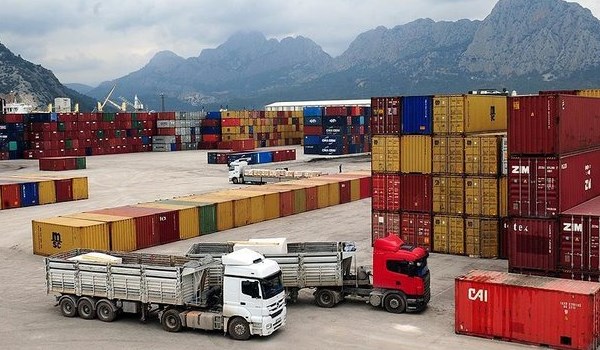
Some 538,600 tons of non-oil commodities worth $339 million were exported from the northern province of Mazandaran during the first nine months of the current Iranian year, according to Coordinator at Mazandaran’s Customs Department Hassan Kheyrian.
He added that the figures indicate a 5% increase in terms of tonnage and a 12% rise in regard with value comparing with the same period in last year.
Last year’s exports of non-oil goods from the province stood at 513,000 tons worth $303 million.
Agricultural products constitute the lion’s share of the exports from the green province. Reportedly, some 500 tons of orange are shipped from Mazandaran to the foreign markets every day.
Iraq, Afghanistan, Russia, Persian Gulf countries, CIS countries and Turkey were the main export destinations of the province during the nine-month period.
Iran’s non-oil export has been registering rising numbers in the current Iranian year.
In a related front, Director of Bandar Lengeh Ports and Maritime Directorate Ghasem Askarinasab said on last Sunday that the volume of non-oil goods exported from the ports of Hormozgan province of Iran has increased by 24% in the past 8 months, adding that the ports have also accomplished more successes in other areas.
Director of Bandar Lengeh Ports and Maritime Directorate Ghasem Askarinasab put the nonoil exports growth in ports of Hormozgan province in the first eight months of the current Iranian year (started on March 21) at 24 percent.
Moreover, safe transportation of maritime passengers and loading-unloading volume of containers in the provincial ports registered considerable 20 and 28 percent hike respectively, he maintained.
Askarinasab expounded a comprehensive report on the eight-month performance of west ports of Hormozgan province in the current year (started March 21, 2018) and stated, “in this period, total 5,834,650 tons of oil and nonoil goods were loaded and unloaded in west ports of this province, 1,278,790 and 4,555,860 tons of which have been allocated to the nonoil and oil products respectively.”
In this regard, total transit volume of nonoil products (mainly vehicle) in west ports of Hormozgan province hit 186,219 tons, showing a considerable 73 percent growth as compared to the same period of last year.
Elsewhere in his remarks, he pointed out that relocation of 79,280 transit vehicles in the eight months of the current year (March 21 – Nov. 21) in ports of this province registered a significant 39 percent growth as compared to the last year’s corresponding period.
He also put the exports volume of nonoil goods in this port at 655,827 tons, recording a significant 24 percent hike.
Turning to the measures taken in the provincial ports in order to expand port activities and containerize goods loading and unloading operation in west ports of this province, he maintained, “The province witnessed considerable 28 percent growth in loading and unloading operations after the implementation of expansion project in Bandar Lengeh in the recent years.”
Earlier this month, Deputy Head of the Trade Promotion Organization of Iran Mohammad Reza Modoudi announced, “Non-oil exports have been reached more than $27.3 billion and gone beyond $30 billion by November 6, which shows about 14% growth comparing to the same period last year.”
He also said that Iran's exports in technical and engineering services hit $500 million.
The Central Bank of Iran (CBI) announced on December 10 that Tehran's total foreign debts reduced by 9 percent in the first six months of the current Iranian year (March 21 – September 21), showing a significant slump as compared to the same period last year.
The volume of Iran’s foreign debt by the end of Iranian month of Shahrivar (Sept. 21) hit $10,317 million, $6,853 and $3,464 million of which is related to the mid-, long-and short-term periods, respectively.
CBI also put the total volume of Iran’s foreign debt by the end of Iranian month of Mordad (August 21) at $10,405 million, the rate of which faced a significant decline in the next month.
Statistics show that Iran’s total foreign debts by the end of the first Iranian month of Farvardin (April 21) hit $11,305 million, showing a significant decline in the first six months of the current year.
Accordingly, the proportion of Iran’s foreign debts to gross domestic product (GDP) stands at about 2.5 percent which is considered as a partial figure.
Comparing the index of ratio of Iran’s foreign debt to GDP with other countries indicates that Islamic Republic of Iran is among the countries that has the minimum foreign debt rate in the world.
Foreign debt includes debts of a country to foreign lenders which can contain the loans received from foreign private banks, other governments and international financial institutions such as World Bank (WB) and International Monetary Fund (IMF).


Trump weighs using $2 billion in CHIPS Act funding for critical minerals

Codelco cuts 2025 copper forecast after El Teniente mine collapse

Electra converts debt, launches $30M raise to jumpstart stalled cobalt refinery

Barrick’s Reko Diq in line for $410M ADB backing

Abcourt readies Sleeping Giant mill to pour first gold since 2014

Nevada army depot to serve as base for first US strategic minerals stockpile

SQM boosts lithium supply plans as prices flick higher

Viridis unveils 200Mt initial reserve for Brazil rare earth project

Tailings could meet much of US critical mineral demand – study
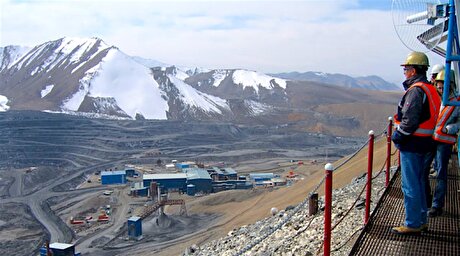
Kyrgyzstan kicks off underground gold mining at Kumtor
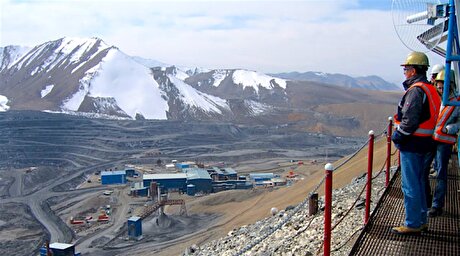
Kyrgyzstan kicks off underground gold mining at Kumtor
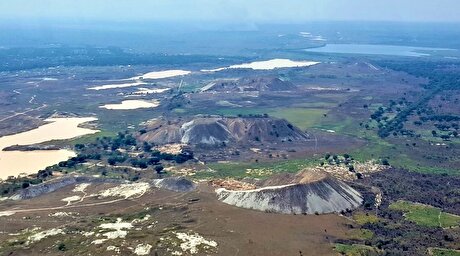
KoBold Metals granted lithium exploration rights in Congo

Freeport Indonesia to wrap up Gresik plant repairs by early September
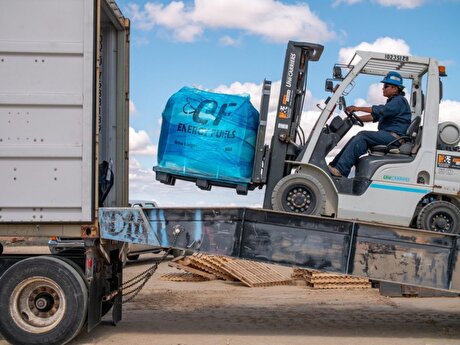
Energy Fuels soars on Vulcan Elements partnership

Northern Dynasty sticks to proposal in battle to lift Pebble mine veto

Giustra-backed mining firm teams up with informal miners in Colombia

Critical Metals signs agreement to supply rare earth to US government-funded facility

China extends rare earth controls to imported material

Galan Lithium proceeds with $13M financing for Argentina project

Kyrgyzstan kicks off underground gold mining at Kumtor

Freeport Indonesia to wrap up Gresik plant repairs by early September

Energy Fuels soars on Vulcan Elements partnership

Northern Dynasty sticks to proposal in battle to lift Pebble mine veto

Giustra-backed mining firm teams up with informal miners in Colombia

Critical Metals signs agreement to supply rare earth to US government-funded facility

China extends rare earth controls to imported material

Galan Lithium proceeds with $13M financing for Argentina project
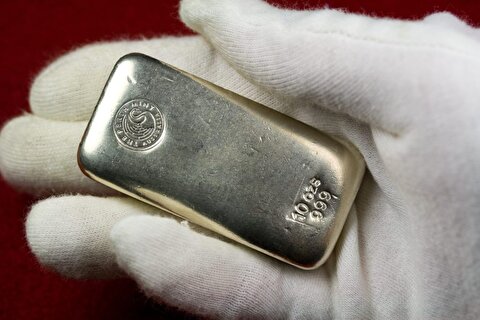
Silver price touches $39 as market weighs rate cut outlook

















